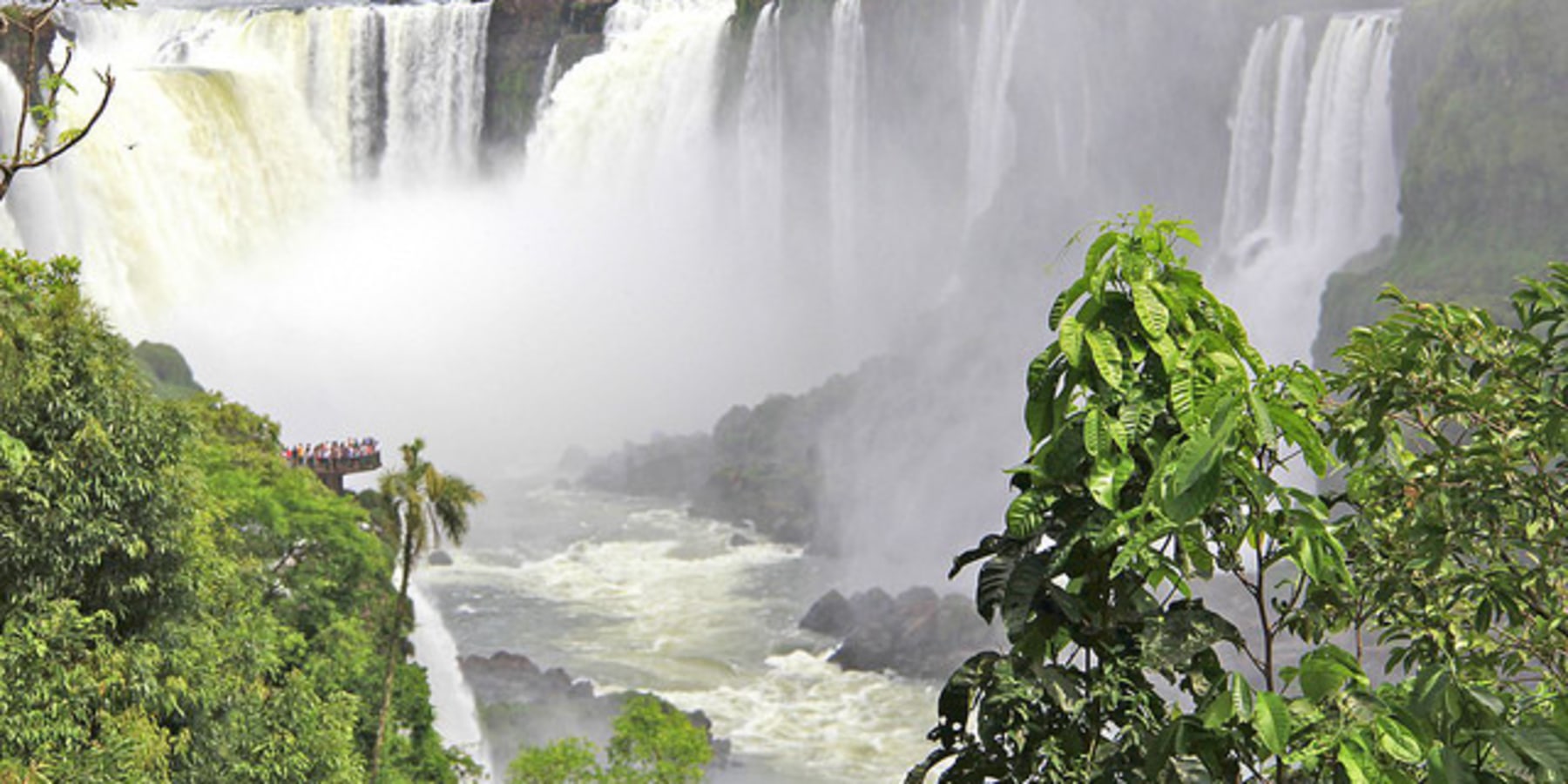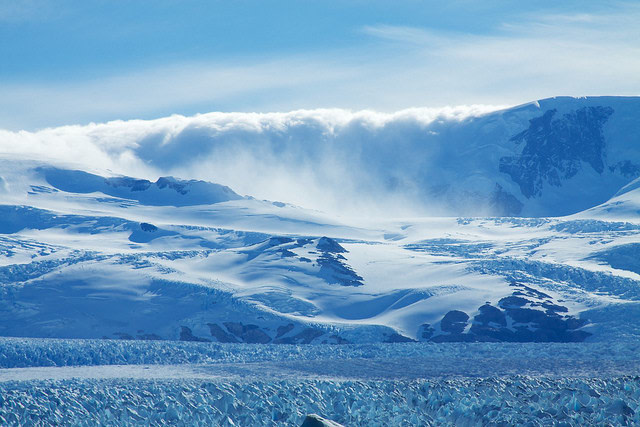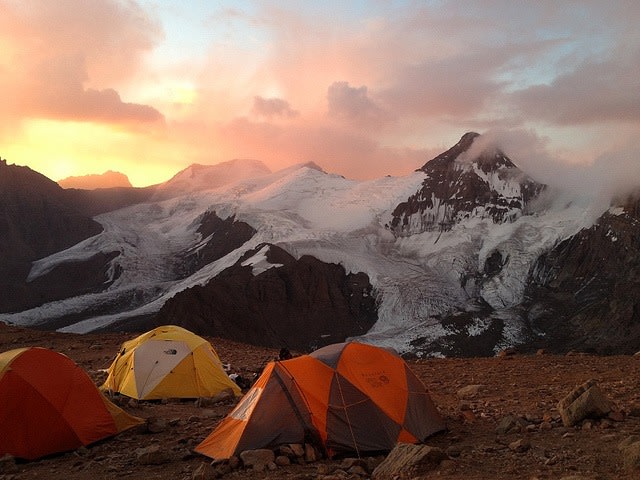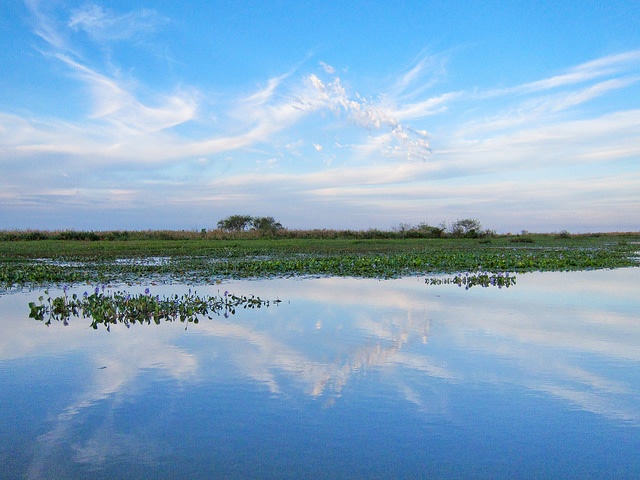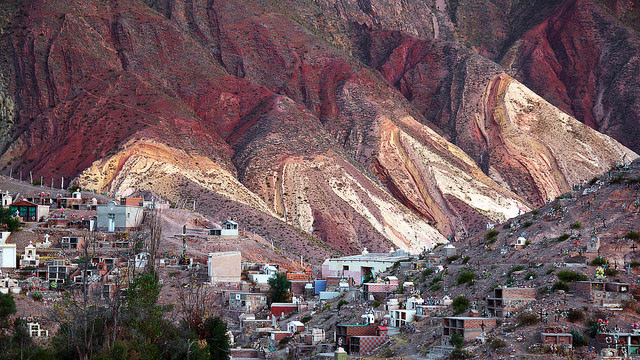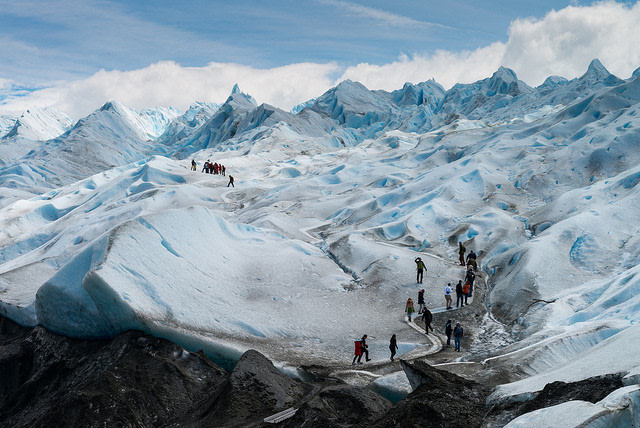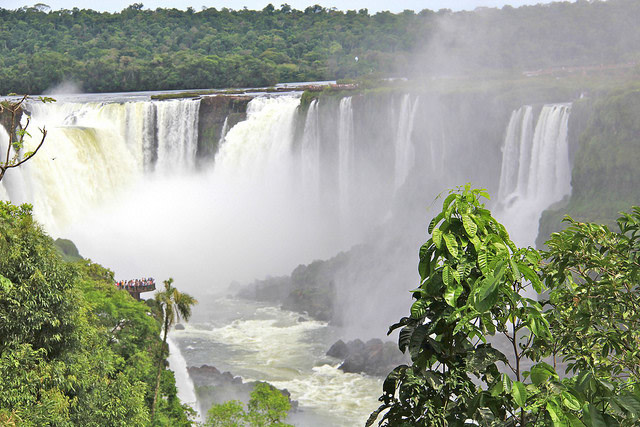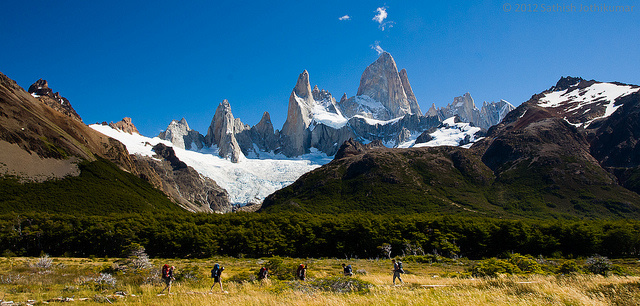| 4 mins read
With a wide variety of climates and landscapes, a colorful culture, rich historical sites and some excellent wine regions, Argentina is one of South America’s greatest tourist destinations. Some of the country’s greatest draws, however, are its natural wonders. From skyscraping Mountain peaks to breathtaking falls scattered all throughout this sprawling southern country, here is our list of Argentina’s top outdoor attractions that tourists simply must see.
A View of The Hemisphere’s Highest Mountain
It is a little known fact that both the Western and Southern Hemisphere’s highest mountain is found in Argentina. Standing at 22,837 feet high, Aconcagua of the Andes Mountain range is the area’s tallest peak. Surrounded by the Aconcagua Provincial Park, this colossal summit is possible to scale (the use of ropes, axes and pins aren’t required), though altitude sickness is often a deterrent. Some visitors prefer to soak in the view from down below, with excellent shots from the city of Mendoza, especially at sunset.
Argentina’s Swampy Side
Perhaps one of the greatest contrasts to the massive peak of Aconcagua is the Ibera Wetlands. Located in the northeast region of the country, this collection of swamps, bogs, lakes and lagoons is one of the country’s main sources of fresh water, and is one of the world’s largest wetland regions (second only to Brazil’s Pantanal). There is a protected Reserve portion of the wetlands, though visitors are allowed to stay in some of the outlying areas where they can experience some of Ibera’s vast wildlife.
The Valleys of Argentina
Where there are giant mountains, there are equally impressive valleys. One of Argentina’s most stunning valley regions is Quebrada de Humahuaca. Located in northwest Argentina, this valley stretches 96 miles and is cut in the summertime by the Rio Grande. An important valley for civilization for over 10,000 years, this UNESCO World Heritage Site is one of Argentina’s most historically significant natural wonders.
The Glaciers
Argentina is home to a large number of glacial bodies, but its most famous names are found in Los Glacieres National Park. Situated along the southern tip of Argentina, Los Glacieres covers more than 2,800 square miles and is where the Perito Moreno Glacier is found. A 97 square mile ice formation, Perito Moreno is one of the Patagonia region’s only glaciers that continues to grow. Thanks to its sheer size and accessibility, tourists can look forward to having their Argentina tour guides take them up for treks and breathtaking views at the top of this massive glacier. One of the most popular things to see in Argentina, a visit to Los Glacieres and Perito Moreno is a must.
Argentina’s Unfrozen Water Attractions
Another of Argentina’s most popular natural attractions is found inside the Iguazu National Park. Situated in the country’s northeastern most region, this national park covers and area of 212 square miles and is home to the breathtaking Iguazu Falls. Fed by the Iguazu River, these falls crash over the Paraná Plateau at a maximum height of 82 meters. Comprised of up to 300 waterfalls, Iguazu Falls is home to some of the largest, widest and heaviest flowing waterfalls in the world.
Argentina’s Biggest Challenge
Where to go if you’re looking for one of the world’s most challenging mountain peaks? A majority of Argentina’s mountaineering guides as well as professional mountaineers around the world vote the Monte Fitz Roy as one of the most demanding technical climbs in the world. Bordering Chile and Argentina, the Fitz Roy’s difficulty lies not in its height, but its sheer granite faces. With some treacherous weather patterns to boot, an average of one person a year conquers this South American peak.

